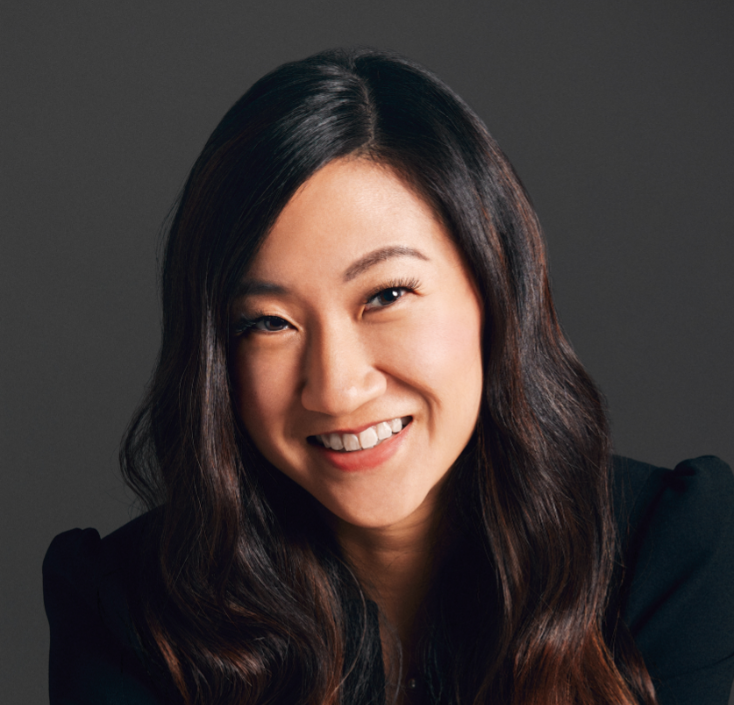Mission trips to rural communities are never a walk in the park, mainly due to the logistical complexity involved in arranging them. It’s doubly so with ophthalmology, what with the need for a suite of medical equipment. Not that it’s stopped eye specialist Dr Claudine Pang in the slightest.
“From a young age, I knew I wanted to help people in less privileged countries, and I realised that [to do so], medical knowledge would be most useful,” says Pang, the founder of Asia Retina Eye Surgery Centre and charity initiative Eye Care Without Borders.
Since 2018, she’s travelled to Cambodia, Nepal and Indonesia’s Riau Islands on six overseas missions to help provide eye care to the less fortunate. To that end, she’s invested in portable versions of traditional equipment such as slit lamps, operating microscopes and autorefractors. As the 40-year-old lets on: “Sometimes, we even need to arrange for power generators to be set up for our larger equipment.”
On these trips, Pang also dispenses free spectacles to those who need it as well as sunglasses and eyedrops to villagers whose eyes are irritated by dust from the roads and strong sunlight.
Her most joyful moments are when she treats children. “The kids are always so fascinated by our eye gadgets; they’ll always laugh as we show them how it works,” says Pang. By providing children with much-needed spectacles, she adds, it helps them avoid the irreversible condition of amblyopia, or lazy eye.
Pang isn’t alone in her desire to do good. She sometimes brings along her two children, aged five and eight, on her charitable missions. On a 2018 trip to Siem Reap, they helped out by holding the occluder — a device used to cover an eye — during vision checks.
She adds: “They say the eyes are the windows to our soul. That’s why I chose to specialise in ophthalmology, because of the profound importance, and beauty, of our eyes.”
Why did you start Eye Care Without Borders?
Even before Eye Care Without Borders was created in 2019, I had been actively providing free eyecare through humanitarian trips to underprivileged communities in poorer countries since 2018. Along the way, I realised that as non-profit group, there is less resistance in obtaining approvals and spectacle donations from charitable organisations.
So, it was necessary to create this entity to continue this mission of providing free eyecare to those who need it. It also allows us to recruit volunteers, medical professionals and optometrists who are interested to join us in these humanitarian trips.
During the circuit breaker period, when we could not conduct free eyecare for the community, we still wanted to be able to help our beneficiaries. So, we worked on a project called ‘iCare Joypack’, together with Foodbank and Beyond Social Services, to gift the low-income families of Singapore a $88 joypack which contains a month’s worth of food and essential items. Donors may donate any amount which will all contribute toward the joypack to be delivered to the families that need them most.
What are some of the most memorable moments you had through your years of charity work?
The most touching moment I remember was after treating an elderly gentleman who had such dense cataracts that he had been left blind for many years. We treated him with cataract removal surgery and he could finally see again. He was so grateful that he couldn’t stop crying, shaking our hands and thanking us. It was most heart-warming for me.
The most joyful moments are when I treat children. The kids are always so fascinated with our eye gadgets, they would laugh in amusement as we show them how it works. I believe that most times, it is our simple, kind interaction with them and showing them that we care, that makes them happy. They are also always very thrilled to receive new spectacles and sunglasses. Although they may not realise the true impact of these spectacles in preventing irreversible amblyopia (lazy eye), they always do welcome the much-needed protection from the sun and dust. To these children, receiving gifts is a rarity and somehow brings them joy. For me, seeing their smiles and laughter makes these trips meaningful to me.
Your kids often accompany you on your charity trips. Why’s that?
I wanted to show my kids that there are many people in the world, outside of Singapore, who are not as privileged as we are. And that we can always contribute to make a difference in their lives. Hopefully, this spirit of giving will be inculcated in their hearts and minds — and spur them on to give back to society in whichever way they choose in future.
What motivates you to give back?
Life to me is about spreading joy to others. It makes me infinitely happier to be able to bring joy to another person’s life, even if in a small way.
My main motivation was to be able to help people and make a difference to their lives in a tangible way. I knew from a young age that I wanted to help people in less privileged countries and it came to me then that having medical knowledge would be the most useful skill that I could use in any part of the world, even in the most dire conditions, to help people who need medical care.
I want to be able to share the good fortune I have with others who are less fortunate than me. And hopefully, these acts of kindness will create a ripple effect to improve the lives of many others.
This story first appeared in the September 2020 issue of A Magazine.


